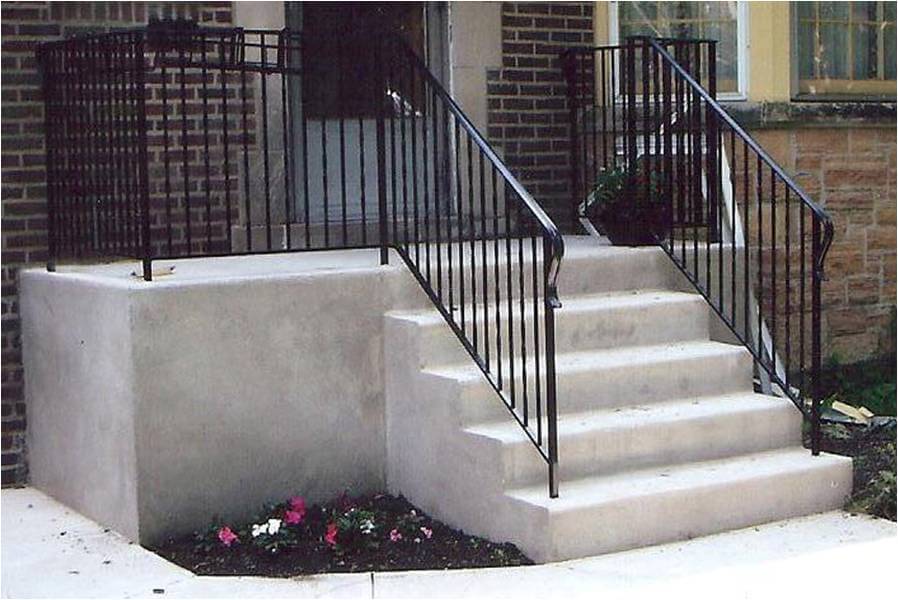In 2022, the number of housing starts for condominium units dropped by 14% compared to…

What is a prepurchase home inspection? 9 steps to a better understanding!
Although the importance of a pre-purchase inspection during a real estate transaction is well established, we realize from the many calls we receive that the content of such an inspection is much less well known. If this is the case for you, read our article as our home inspectors explain what they inspect during the 9 steps of a pre-purchase inspection!
Get the most out of your pre-purchase home inspection!
You can count on our home inspectors to learn as much
as you can about the home you are interrested in !
To carry out their inspections, our inspectors follow a rigorous inspection protocol covering all accessible parts of the building.
1. Exterior landscaping: First, the inspector will inspect exterior landscaping such as walkways, patios or decks to ensure that they are in good condition and do not present a hazard.
2. The property’s exterior finish, doors and windows: The inspector will take this opportunity to check for any damage to the exterior siding, and that the sealant around doors and windows is in good condition.
3. Structural elements and foundation: He’ll also look at the foundation to see if there are any cracks or other signs of wear and tear, such as visible joists or beams.
4. Roof and attic : The inspector will look at the roof, gutters and chimneys to assess their general condition and look for signs of water infiltration. A little later, he’ll do the same, but this time in the attic!
5. Interior finishing: Once inside, he’ll check walls, floors, ceilings, doors and windows for signs of damage, mould and other defects and health hazards.
6. Insulation and waterproofing: The inspector will paint a picture of the state of the house’s insulation and provide recommendations for improving the building’s overall energy efficiency.
7. Plumbing: The inspector will check pipes, faucets, sinks, bathtubs and toilets for damage, proper operation and leaks.
8. Electrical: For electrical installations, the inspector will look at outlets, switches and visible wiring for potential problems such as poor grounding.
9. Ventilation, heating and air-conditioning systems: The inspector will examine these systems to determine their condition and ensure that everything is working properly.
Since the inspector’s mandate is to identify apparent defects and signs of hidden defects to help his client make an informed decision, other elements, such as the garage and the presence of smoke and carbon monoxide detectors, will also be inspected.
In short, a pre-purchase inspection is an essential step prior to the purchase of a property, and following a protocol enables them to carry out a complete inspection of all accessible elements, and above all, to ensure that nothing is overlooked.
Get the most out of your pre-purchase home inspection!
You can count on our home inspectors to learn as much
as you can about the home you are interrested in !


